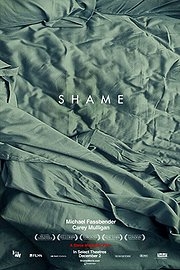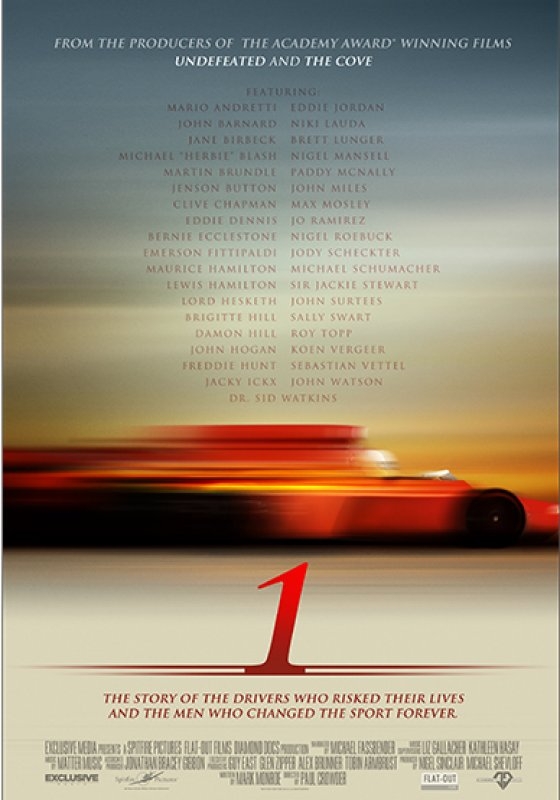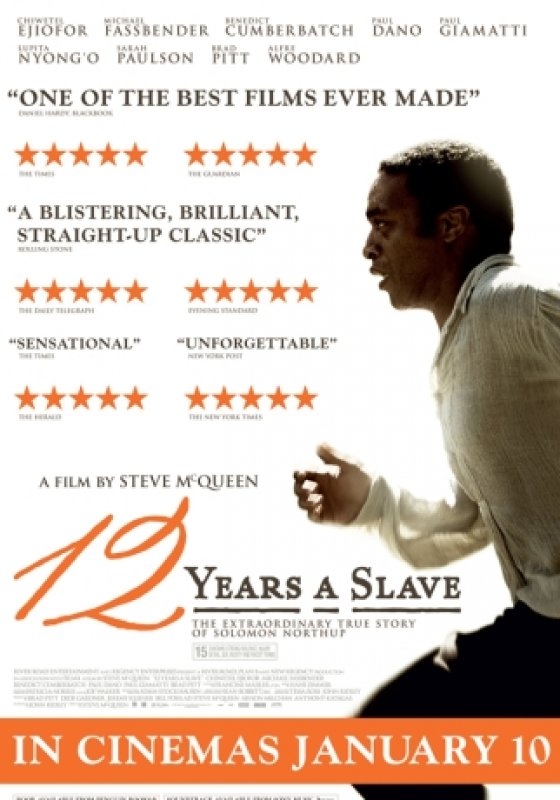Shame

Situated against a backdrop of 21st Century western attitudes toward sexual conduct, Steve McQueen’s second feature, Shame, is a bold film to make. Telling the story of Brandon Sullivan (Fassbender), a young and wealthy sex addict living in New York City, it’s fully possible that many could dismiss the concept with a degree of cynicism; money, freedom and sex on tap – isn’t that the dream of many a modern man?
Yet from as early on as film’s opening montage, it’s clear that something is amiss in Brandon’s life. As the strings of Harry Escott’s score follow us into the protagonist’s apartment, they are kept in time by a consistent ticking – steady as the beat of a metronome. Lying in his bed, Brandon’s eyes seem pensive for a moment, before he rises, opens the curtains and performs a nude circuit of his living quarters. Soon, we see him open the front door to an unnamed woman; he hasn’t bothered to dress and she turns down his offer of a drink. This is not a moment connection, but one of routine.
With his emotions seemingly buried, the last thing Brandon would desire is the company of an extrovert. Yet from the moment his sister, Sissy (Carey Mulligan), makes her unannounced entrance – infiltrating the clean lines of Brandon’s apartment to play Chic’s “I Want Your Love” on his stereo – it’s clear that his life about to gain a demanding presence. With Sissy possessing an innate need to externalise her insecurities (she is both a recurring voice on Brandon’s answer phone and a lounge singer by trade), her brother soon finds himself reflecting on issues of his own. Gradually, the mask begins to slip.

Though the descent that follows may possess some minor contrivances in its final act, McQueen’s background in visual art ensures that Shame plays out with a style both subtle and striking. Whether it’s the perfectly executed one take jogging sequence that follows Brandon on a cathartic late night run through the streets of Manhattan, or the extended bar scene that showcases the entirety of Sissy’s blues tempo performance of “New York, New York”, Shame often elongates what other films would cut short. Far from superfluous, however, these moments serve as a window into Brandon’s mindset – a place where each footstep is a release and each lyric sinks deep.
But, as with McQueen’s debut feature, Hunger (2008), it is a real-time conversation scene that sees his approach at its most effective. As the audience watches Brandon on a dinner date that moves from social disaster to unexpected success, they witness an unprecedented moment of non-physical unison between him and another person. Yet as his date asks him one simple question – “why are we here if we don’t matter to each other?” – the relationship’s inevitable failure is marked out before it. How do you adjust to mutuality when all you know is fantasy?

Far from living any form of masculine dream, then, Brandon is portrayed as a prisoner to his own promiscuity; a man not so much in control of his desires, as he is bound to them. He compares less with Casanova, and more with American Psycho’s Patrick Bateman. With both characters living an upper class lifestyle where conformity is vital to success, each uses a veneer to hide what separates him from his peers. And though it may be true that a sex addict is hardly a sociopath, Fassbender’s performance ensures that the affliction seems no less self-destructive. As the shot frames tightly around Brandon’s face during the film’s final bedroom scene, the lust in his expression is betrayed by the self-loathing behind his eyes. It may be a film about sex, but Shame, crucially, is anything but sexy.






Recent Comments